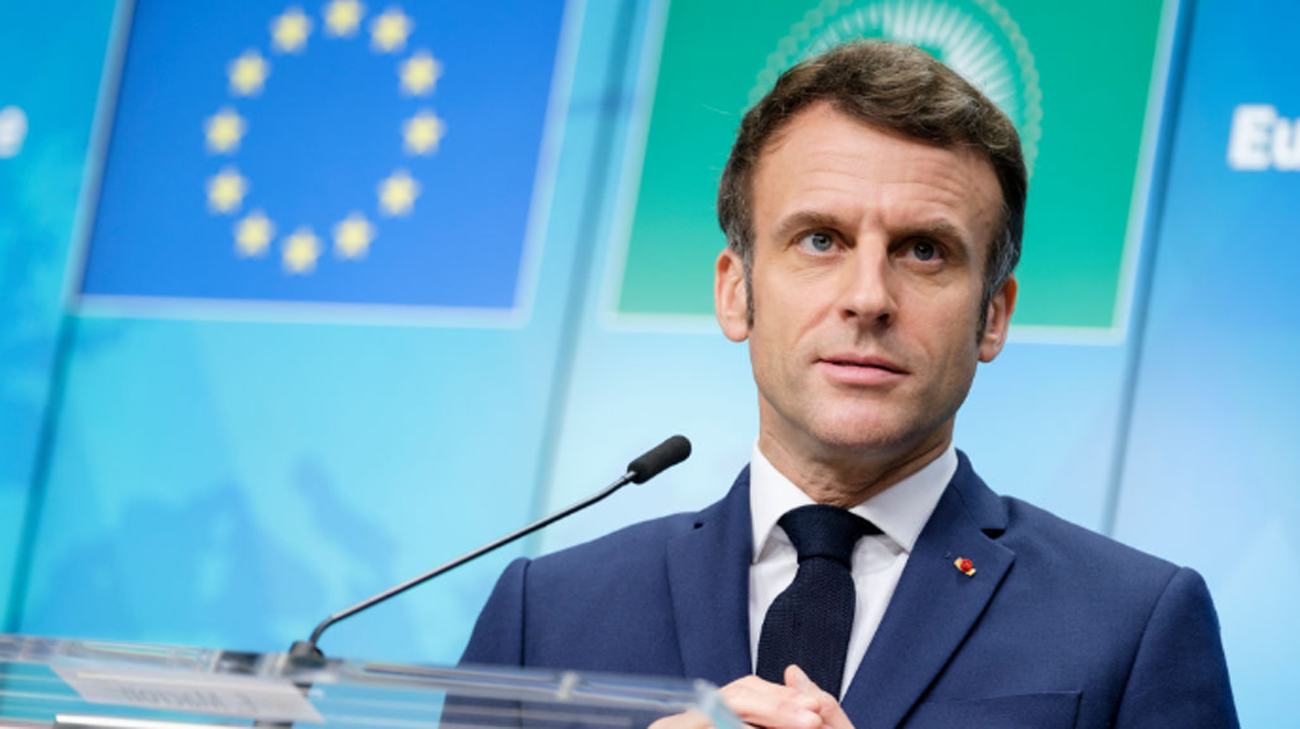Tariff proof solution

The European Union is a world champion of commerce. With a commercial volume of € 7.6 billion by 2023 – 16.1% of global trade – the bloc exceeded both the United States and China in terms of trade. Still, their two largest business partners continue to be precisely those with whom they do not have a free trade agreement and this contradiction, especially in the case of the US, is rapidly becoming strategic active active active liabilities.
Under the presidency of Donald Trump, the United States prove to be an erratic partner. Tariffs are again used as an instrument of political pressure, and the transatlantic economy already suffers from high and unprecedented tariffs. However, Germany, an industrial engine in Europe, has made this impact disproportionately. Worse yet, a 20–25% tariff scenario over all products is no longer a remote hypothesis and can reduce EU exports to the US by 17.5% and cut 0.54% of European GDP. Thus, replacing € 144 billion in lost exports will require more than skillful diplomacy-requires strategic reinvention and coordination between Member States.
Commercial diversification is already underway. The UE-Indian Free Trade Agreement, which provides for drastic reductions in product rates such as European cars, could raise bilateral trade to € 167 billion by 2026. Similarly, a revitalized agreement with Mercosur could increase commercial flows by 37%, especially the pharmaceutical and agricultural sectors. Gathering a new deal with Mexico, the block will be able to recover € 91 billion from US -related losses. Still, it would remain a deficit of € 53 billion – unlikely to be collected only with external partnerships, given the internal and external political difficulties.
But the best way to Europe is not beyond its borders, but within them: the unique – often praised, rarely completed market – remains the most underused economic instrument on the continent. Although goods circulate with relative freedom, services, capital and the labor force face persistent barriers. In the service sector, the elimination of only half of internal obstacles could generate € 279 billion per year. A truly integrated digital market would add another € 415 billion, not to mention the integrated energy or capital market. In total, completing the single market could release up to € 1.1 billion annual (according to estimates of the European Parliament Study Service and the European Economic and Social Committee). A value that makes transatlantic commercial losses management, not to say insignificant.
Unlike external trade agreements, subject to geopolitical tensions, internal integration depends only on political will. A Polish channeler should not have to receive herself to work in Belgium. A Portuguese startup should be able to capture Dutch investment without stumbling into divergent rules. Labor mobility, professional licensing and public contracts should be facilitated, not entered.
Washington’s unpredictability and Beijing’s strategic opacity make it clear that the European Union cannot continue to rely on bilateralism in a multipolar world. The unique market, with its 450 million consumers and 22 million companies, offers scale, resilience and sovereignty – but only if it is assumed as a project under construction, not as a completed work.
To resist external shocks and affirm his economic independence, Brussels needs to look inside. The question is not whether the European Union will be able to survive a new US tariff vacancy, but if it can continue to postpone the conclusion of its own market.
As Jean Monnet said, one of the founding parents of European integration: « Men accept change only in necessity and see the need only in the crisis. »
The crisis has arrived. It remains to be seen if the change will come in time.







